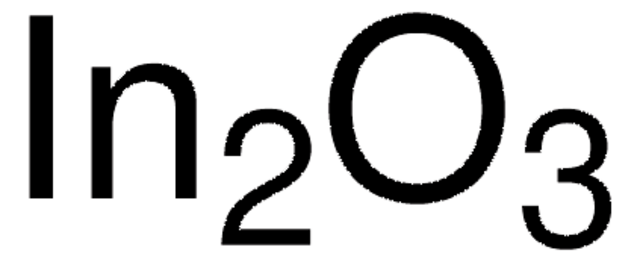735140
Fluorine doped tin oxide coated glass slide
L × W × thickness 50 mm × 50 mm × 2.2 mm, surface resistivity ~7 Ω/sq
Sinónimos:
TEC 7, FTO glass
About This Item
Productos recomendados
description
Haze: 5%
Quality Level
composition
SnO2/F
packaging
set of 5
surface resistivity
~7 Ω/sq
L × W × thickness
50 mm × 50 mm × 2.2 mm
transmittance
80-82% (visible)
¿Está buscando productos similares? Visita Guía de comparación de productos
Categorías relacionadas
General description
Application
- Procyanidin B2 is used as a reference standard: It is used for assessing the proanthocyanidin content in cranberries using 4-(Dimethylamino)cinnamaldehyde Assay. This standard helps in quantifying and characterizing the proanthocyanidin content in cranberries by providing a known benchmark for comparison. (Feliciano et al., 2012).
Storage Class
13 - Non Combustible Solids
wgk_germany
WGK 2
flash_point_f
Not applicable
flash_point_c
Not applicable
Elija entre una de las versiones más recientes:
¿Ya tiene este producto?
Encuentre la documentación para los productos que ha comprado recientemente en la Biblioteca de documentos.
Los clientes también vieron
Artículos
Organic photovoltaics (OPVs) represent a low-cost, lightweight, and scalable alternative to conventional solar cells. While significant progress has been made in the development of conventional bulk heterojunction cells, new approaches are required to achieve the performance and stability necessary to enable commercially successful OPVs.
A transparent conductive electrode (TCE) is an essential component of various optoelectronic devices such as solar cells, liquid-crystal displays (LCD), light-emitting diodes (LED), and touch screens.
Next generation solar cells have the potential to achieve conversion efficiencies beyond the Shockley-Queisser (S-Q) limit while also significantly lowering production costs.
Professor Chen (Nankai University, China) and his team explain the strategies behind their recent record-breaking organic solar cells, reaching a power conversion efficiency of 17.3%.
Nuestro equipo de científicos tiene experiencia en todas las áreas de investigación: Ciencias de la vida, Ciencia de los materiales, Síntesis química, Cromatografía, Analítica y muchas otras.
Póngase en contacto con el Servicio técnico


